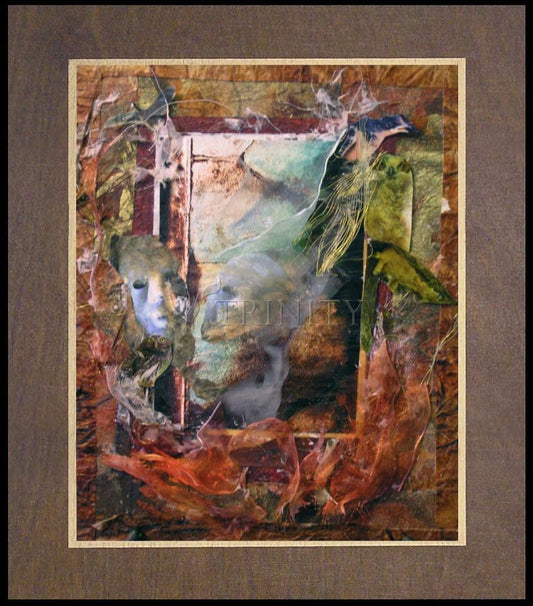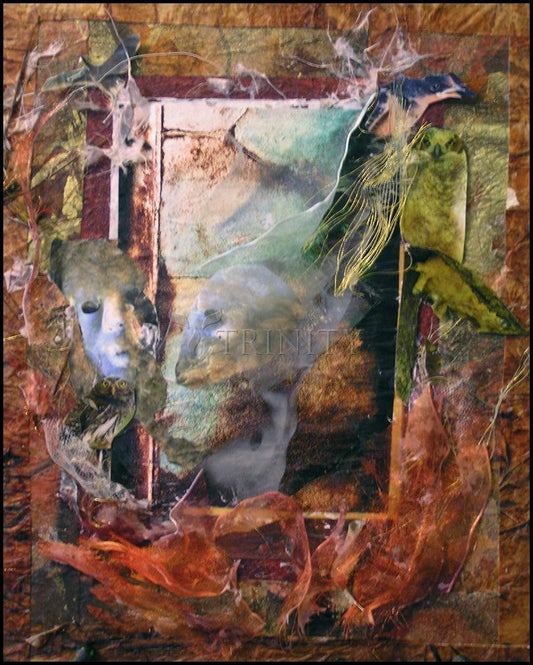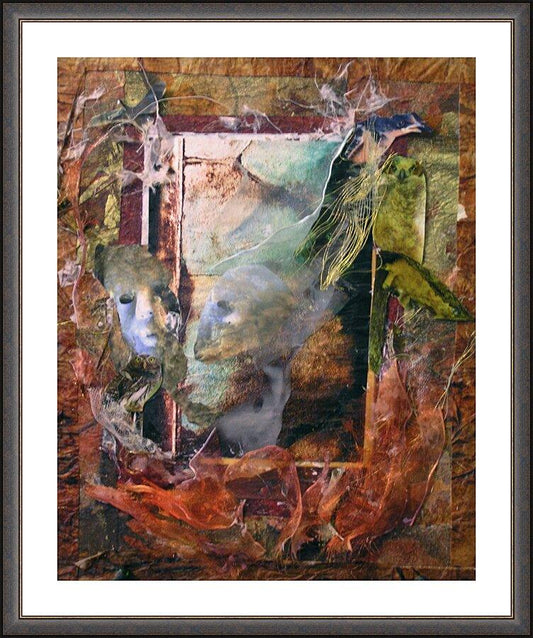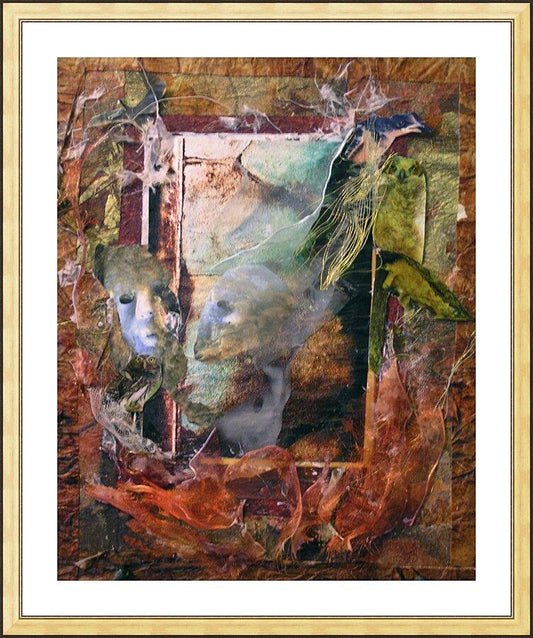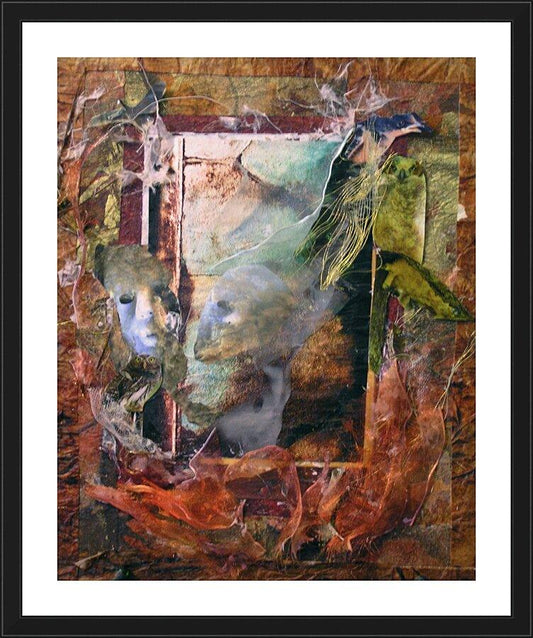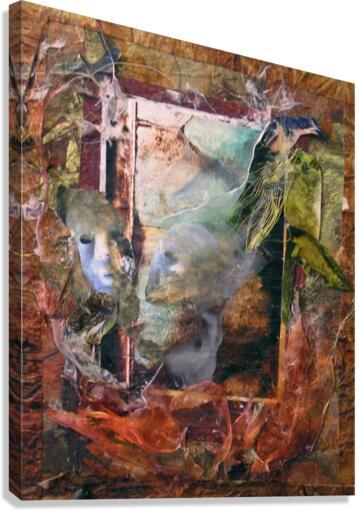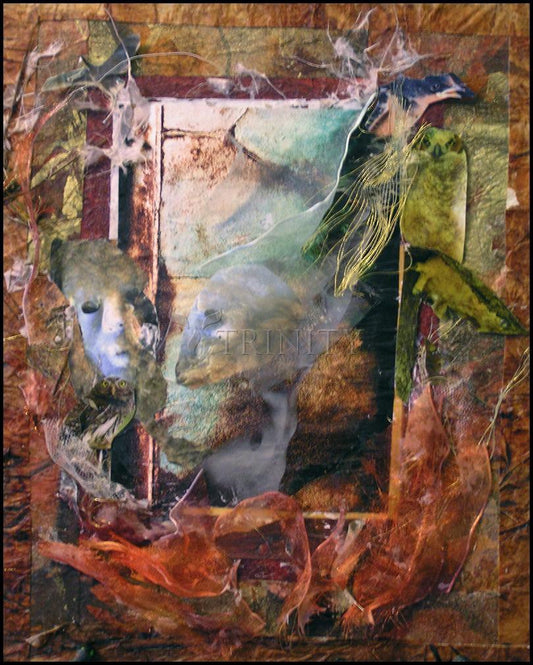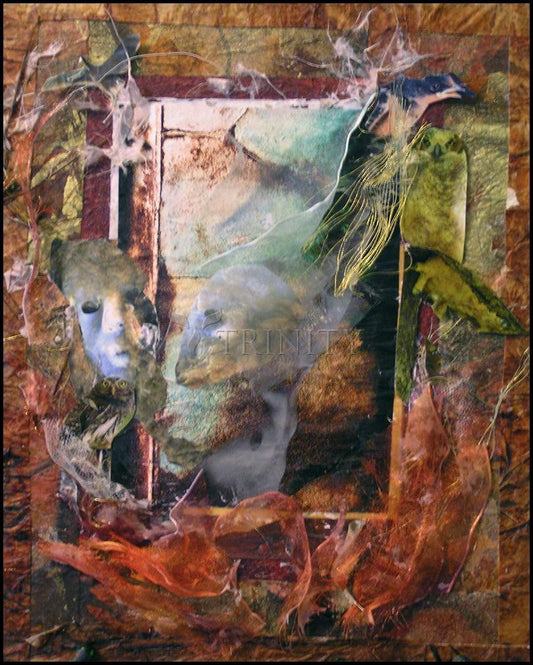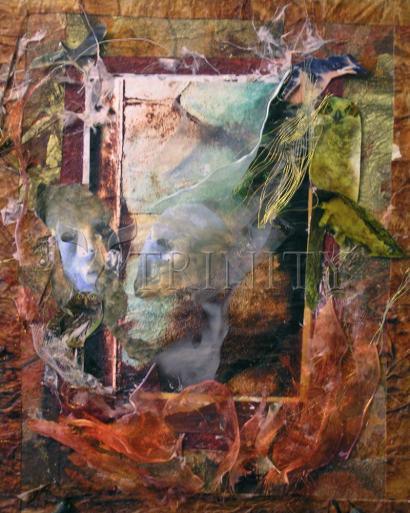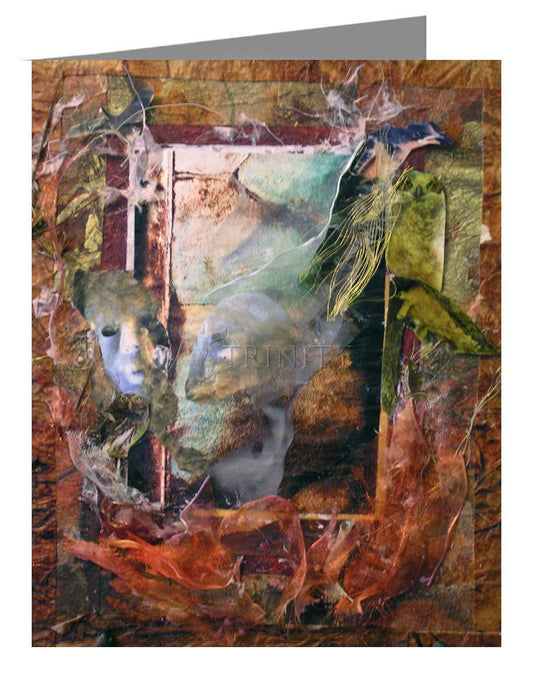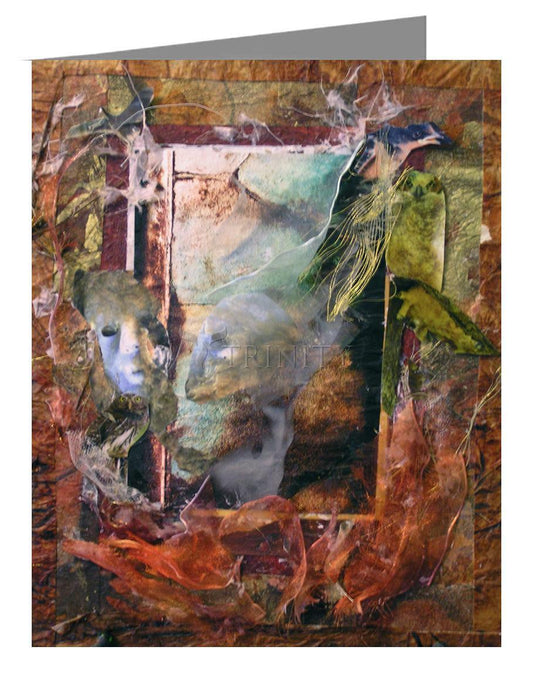The Shroud of Turin is a linen cloth bearing the image of a man that some believe to be Jesus Christ, who appears to have been physically traumatized in a manner consistent with crucifixion. It is kept in the royal chapel of the Cathedral of Saint John the Baptist in Turin, Italy, from which it derives its most common name.
Some believe the Shroud of Turin is the burial cloth of Jesus and that his image was recorded on its fibers at his resurrection. Others contend it is a medieval hoax or forgery. The question of its true origins continues to be the subject of intense debate among some scientists, believers, historians and writers.
The Shroud of Turin is rectangular piece of linen cloth, measuring approximately 4.4 x 1.1 m. It has been kept in the Cathedral of Saint John the Baptist in Turin, Italy, since 1578. The Shroud of Turin is also known as the "Holy Shroud" (in Italian, Santa Sindone). Some believers in the miraculous origins of the shroud refer to its study as sindonology, from the Greek word used for Jesus' burial cloth in the New Testament.
The nature of the shroud
The shroud is woven in a herringbone twill and is composed of flax fibrils entwined with cotton fibrils. It bears the image of a front and rear view of a naked man with his hands folded across his groin. The two views are aligned along the midplane of the body and pointing in opposite directions. The front and back views of the head nearly meet at the middle of the cloth. The views are consistent with an orthographic projection of a human body.
The "Man of the Shroud" has a beard, moustache, and shoulder-length hair parted in the middle. He is well proportioned and muscular, and quite tall (5'7" or 1.75 m) for a man of the first century (the time of Jesus' death) or the Middle Ages (the proposed time of possible forgery). Dark red stains, either blood or a substance meant to be perceived as blood, are found on the cloth, showing various wounds:
- at least one wrist bears a large round wound, apparently from piercing (The second wrist is hidden by the folding of the hands.)
- in the side, again apparently from piercing
- small wounds around the forehead
- scores of linear wounds on the torso and legs, apparently from scourging
On May 28, 1898 an amateur Italian photographer, Secondo Pia, took the first photograph of the shroud and was startled by the resulting undeveloped negative. The negative seemed to give the appearance of a positive image, which implies that the shroud image (which is primarily brownish-yellow on off-white) is itself effectively a negative of some kind.
Observers often feel that the detail and heft of the man on the shroud is greatly enhanced in the photographic negative, producing an unexpected effect. Pia's negative intensified interest in the shroud and sparked renewed efforts to determine its origin.
The Roman Catholic Church is the current owner of the Shroud of Turin. It was given to the Church by the House of Savoy, the owners of the shroud since 1453, in 1983. Some have suggested that if the identity of the Shroud with the Image of Edessa were to be definitively proven, the Church would have no moral right to retain it, and would then be compelled to return it to the Ecumenical Patriarch or some other Eastern Orthodox body, since it this case, it would have been stolen from the Orthodox at some time during the Crusades.
Some Russian Orthodox consider that with the fall of Byzantium, the title of "emperor" passed on to Russia, so that they would have sole rights to the shroud over all the other Orthodox. The shroud not publicly displayed except on rare special occasions. It is next scheduled to be displayed by the Catholic Church in 2025.



